The BBC recently took a look at some of the women in Britain, both past and present, who fell in love with the mysteries of Ancient Egypt and did their best to help bring their stories to light.
Danielle Wootton is a professional archaeologist and was the expert on the show Time Team, a British production that presented archaeological digs and which ran for ten years.
Wootton described her interest in the field as coming in a “light bulb moment” when she saw her first mummy at the Bolton Museum as a child. She described her excitement at the sudden awareness that the distant past was populated with real people who spoke a different language and lived a very different life from her own.
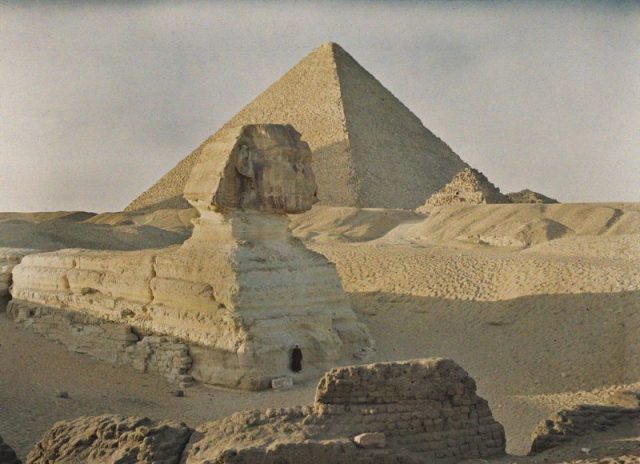
Rebecca Holt had a similar experience. She was five when she and her mother went to the Macclesfield West Park Museum and she saw the mummy case of a 15-year-old temple girl.
She was instantly hooked, and the fascination never faded. It led her to start volunteering at the museum when she was 14, during which time she learned to read hieroglyphics and how to handle relics, and she ultimately obtained a master’s degree in archaeology at Oxford.
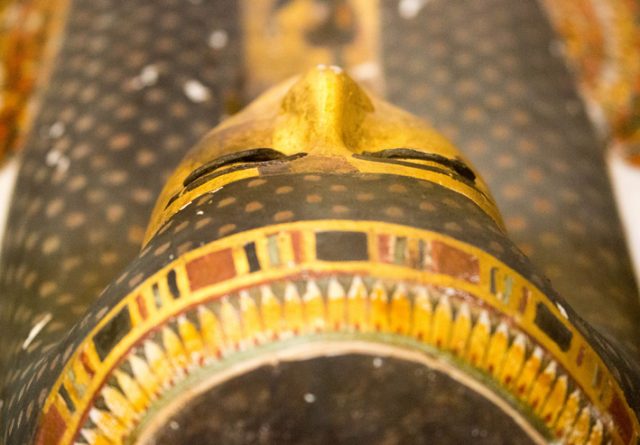
In each of these modern women’s cases, the relics that stimulated their passion for mummies were obtained by other, earlier women who also were ensnared by the lure of history. In the case of Danielle Wootton it was Annie Barlow, and in the case of Rebecca Holt, it was Marianne Brocklehurst.
Barlow was the daughter of James Barlow, a well-to-do mill owner whose livelihood came from spinning Egyptian cotton into cloth. According to Bolton Museum’s website, Barlow’s burgeoning interest in ancient Egypt led her to support the Egypt Exploration Society. She became the local secretary for the group and an EES fundraiser.
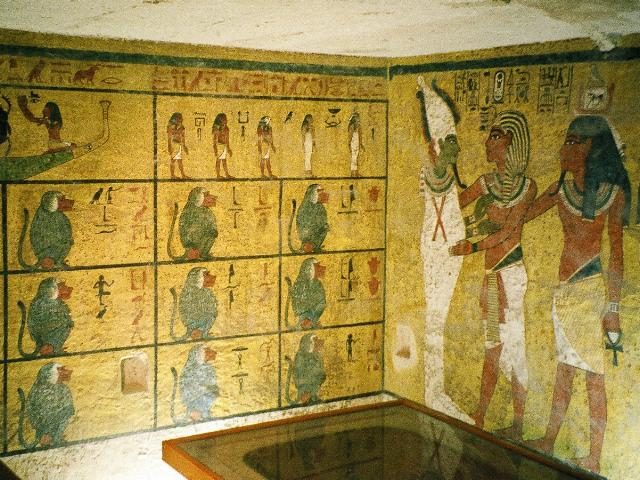
In 1888, she went to Egypt to visit sites that were being excavated by the EES. At the time, the EES was allowed to keep some percentage of their finds, and Barlow asked that her share of that percentage be given to Chadwick Museum, which was the forerunner of Bolton Museum.
That gift helped make the museum become the holder of one of the foremost collections of ancient Egyptian artifacts in Great Britain. As a side note, the Wootton had family members that worked in the Barlow mill.
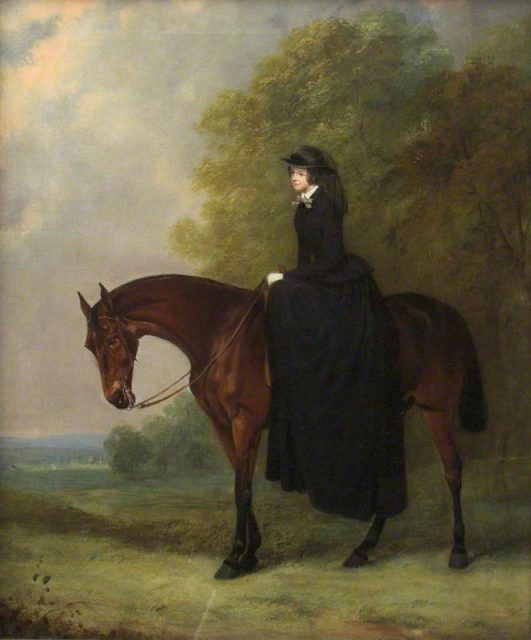
Marianne Brocklehurst came from another wealthy family. She made her first trip to Egypt in 1873 with her good friend and traveling companion Mary Booth, her nephew Alfred, and one liveried footman, according to goldandgrime.com, a website celebrating Victorian era female archaeologists.
Related Video:
https://youtu.be/989Lc4Ezoow
Brocklehurst made five trips to Egypt, collecting artifacts and keeping extensive travel diaries which documented all of her adventures — both those that related to archaeology and those that didn’t.
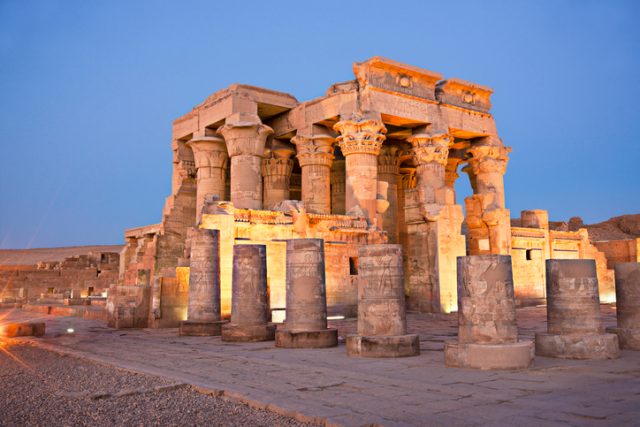
She gathered over 500 ancient Egyptian artifacts in the course of her expeditions, and she, too, became connected to the EEF in Macclesfield. As a result of her financial support, the EEF gave her even more items for her collection, inspiring her to build the West Park Museum.
Finally, there is one other Victorian lady who needs to be acknowledged: Amelia Oldroyd. Like the first two intrepid women, Oldroyd was a mill heiress from the north of England. In 1900, she was one of the first to explore a burial chamber unearthed at Abydos.
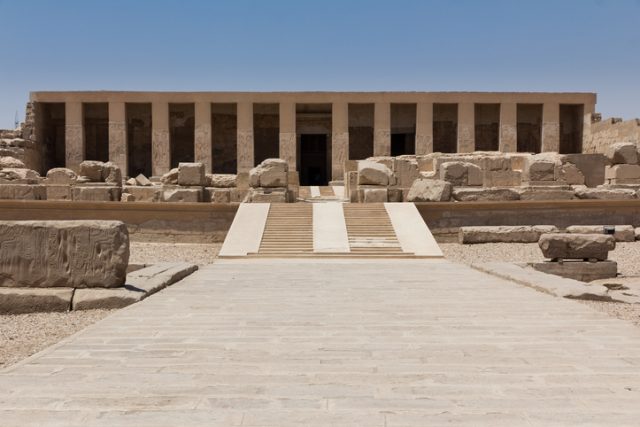
The record book that cataloged her various finds is currently archived at the Bagshaw Museum in Batley, which has also recreated the burial chamber she explored. One of the items that Oldroyd found and retrieved was a papyrus cartonnage – a mummy wrapping – that was completely intact and was painted with the face of the deceased.
One of the things that set the female explorers of the time apart from their male counterparts was their perspective. The men doing the same work tended to focus on finding mummies and objects made of gold; the women were interested in those items as well but also tended to be interested in smaller, more portable items of everyday use.
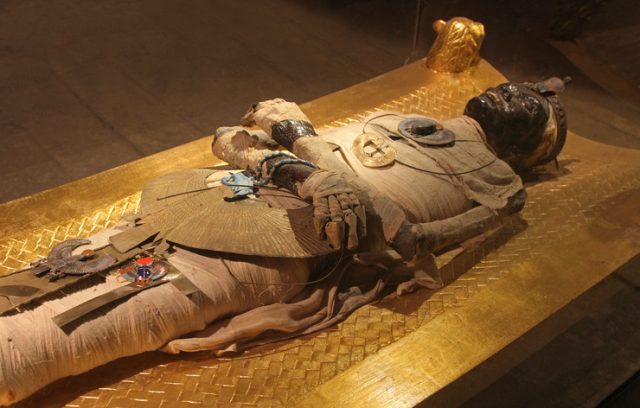
Although those items may be less showy than gold and mummy-laden sarcophagi, they are also much more reflective of how people actually lived in ancient times.
Barlow, Brocklehurst, and Oldroyd were far from the only women of that era who went in search of artifacts and adventure. These women and their compatriots present an interesting moral question.
On the one hand, they, like their male brethren, are colonial looters, appropriating another country’s cultural treasures, and yet, it’s also through their efforts that people today can learn about the reality of daily life for those who came so long before us.
Read another story from us: Mystery Mummy Believed to be Pharaoh’s Personal Eye Doctor
Although Victorian society was very rule-bound in some ways, it was also a time of expansive curiosity, advancement, and intellectual and technological development. As a result, more women were beginning to break out of traditional molds to pursue their own passions. Their pioneering efforts also paved the way for future generations of girls, like Wootton and Holt, to take their places as explorers of ancient history.
